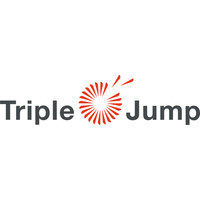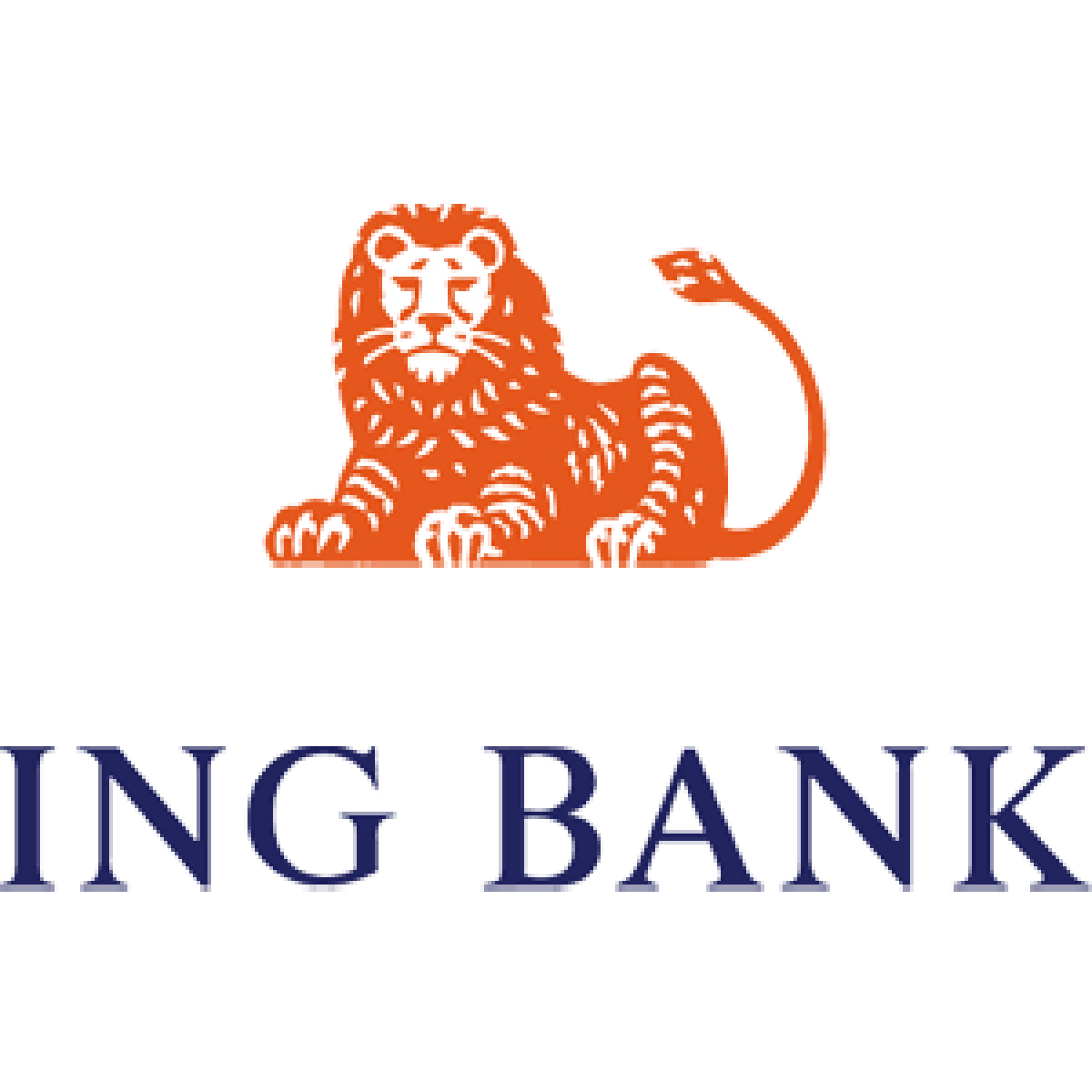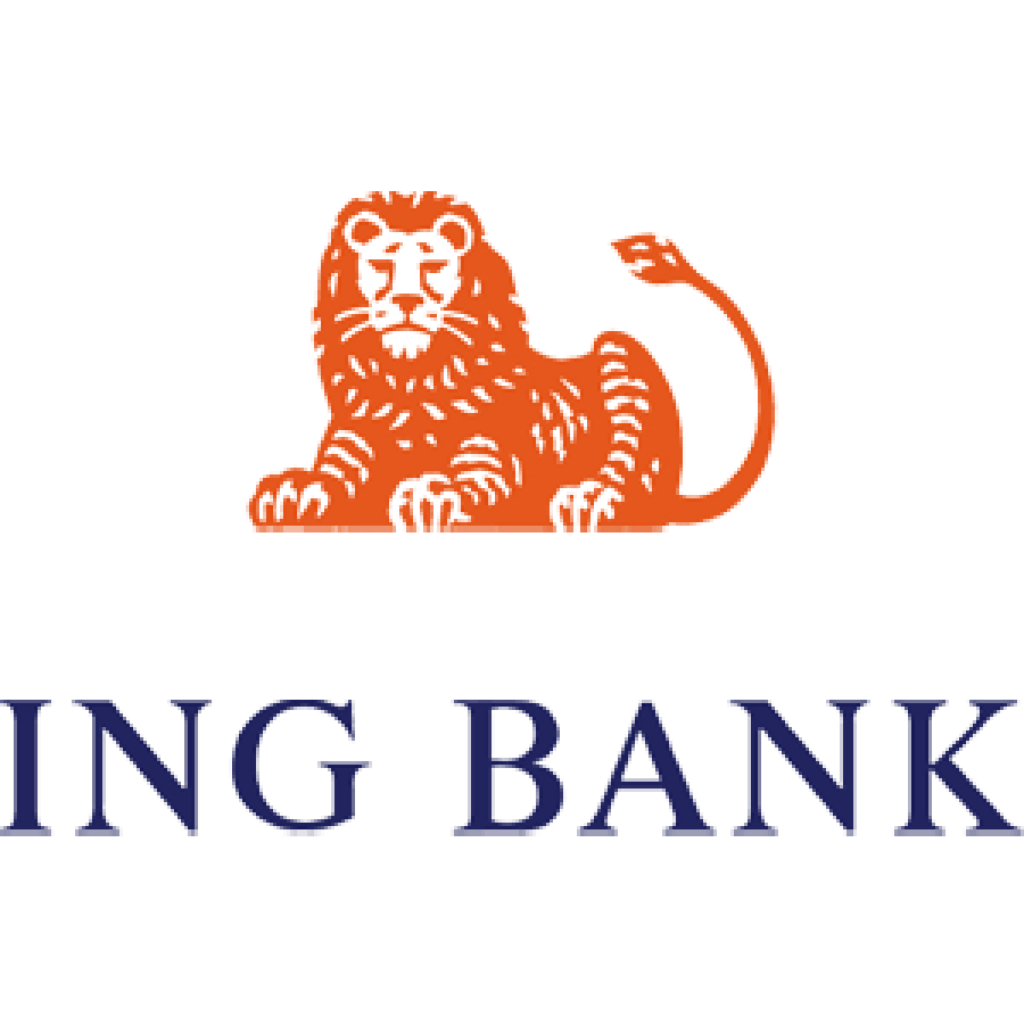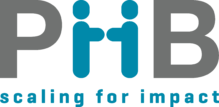
Tablets for SEF
SEF, the Small Enterprise Foundation in South Africa is a non-profit MFI founded in 1991. It provides group loans using an adapted Grameen methodology. SEF has a holistic approach to poverty reduction and uses the Participatory Wealth Ranking (PWR) system to reach the poor. Without serious competition in the MF sector, SEF has a strong market position, shown by its deep social outreach, 160k customers (average 8% growth per year) and portfolio of EUR 27.8M GLP (PAR 0.4%)2. Since 2015 SEF is fully operationally and financially sustainable. SEF now requests TJAS support for the implementation of Digital Field Applications (DFA) for its field staff.
Context:
SEF, the Small Enterprise Foundation in South Africa is a non-profit MFI founded in 1991. It provides group loans using an adapted Grameen methodology. SEF has a holistic approach to poverty reduction and uses the Participatory Wealth Ranking (PWR) system to reach the poor. Without serious competition in the MF sector, SEF has a strong market position, shown by its deep social outreach, 160k customers (average 8% growth per year) and portfolio of EUR 27.8M GLP (PAR 0.4%)2. Since 2015 SEF is fully operationally and financially sustainable. SEF now requests TJAS support for the implementation of Digital Field Applications (DFA) for its field staff.
Due to its focus on rural and poor segments, SEF works widely spread over the region in 5 SA provinces, with 79 branches. Efficient operations and improved communication within the organization are increasingly challenging. SEF’s Board has embarked on a strategy to leverage technology to support SEF operations optimally: tablets for the 500+ loan officers will be introduced.
Objectives:
To support SEF’s digitization objective by providing support for the pilot and the planning and preparation for the full rollout of DFA to the SEF field staff and to validate the chosen (IT) approach. Specific Objectives:
- Digitise the loan application process.
- To validate the chosen DFA business model and selected services, also linked to the overall SEF strategy and to validate SEF’s IT/MIS readiness for the DFA channel and other digitization ambitions.
- To support the DFA pilot in the areas of IT support, change management & business process redesign, training.
- To develop the Implementation Plan for the full-roll out of DFA.

PFIP P2G Samoa
The Land Transport Authority (LTA) of the Samoa Government is managed within the Ministry of Works, Transport and Infrastructure. LTA is the principal licensing authority for all forms of land transportation in the country and has three main revenue streams including Drivers Licensing, Registration and Tickets for traffic offences. Payment flows are typical to meet the Authority’s operational activities in meeting its core functions identified above. A significant proportion of payment flows (person to LTA) are via cash and business cheques.
Context:
The Land Transport Authority (LTA) of the Samoa Government is managed within the Ministry of Works, Transport and Infrastructure. LTA is the principal licensing authority for all forms of land transportation in the country and has three main revenue streams including Drivers Licensing, Registration and Tickets for traffic offences. Payment flows are typical to meet the Authority’s operational activities in meeting its core functions identified above. A significant proportion of payment flows (person to LTA) are via cash and business cheques.
Objectives:
- Identify and map out all existing payment flows from customers to LTA looking at the frequency, payment mode, volumes and values to present the overall big picture.
- Assist LTA in evaluating its costs of transactions, estimated efficiency losses and other impacts of continuing with the present heavily cash-based transaction platform.
- Assess the capability of the LTA IT and business systems as to the readiness of these to support digital payments and changes if any required.
- In conjunction with the LTA legal team study the existing LTA Act 2007 and regulations and look at options to make all payments from customers to LTA compulsorily using digital channels.
Deliverables:
- Produce evidence-based payment flows map covering all types of payment transactions from customers to LTA including the type, frequency, amounts, mode of these payments together with any other pertinent information for assessing payment flows;
- Legal/regulatory changes required for LTA to make all its customer payments compulsorily digital;
- Possible digital payment solutions with suggested partners to work with;
- Evidence-based assessment of the readiness of LTA IT and business systems and processes to accept and properly account for digital payments received, together with recommendations relating to upgrade/changes (if any required);
- Approximate costs and budgets for moving to digital payment channels

BB Network Development for WMBL, PNG
Women’s Microbank Limited (WMBL) will provide access to financial services to its existing members and other new women members through an extension of the bank’s access points using a branchless banking technology-driven solution. For that purpose, WMBL will use a tablet-based software application linked with a Bluetooth bio-metric identification system.
Context: Women’s Microbank Limited (WMBL) will provide access to financial services to its existing members and other new women members through an extension of the bank’s access points using a branchless banking technology-driven solution. For that purpose, WMBL will use a tablet-based software application linked with a Bluetooth bio-metric identification system.
Objectives: The pilot project involves the set-up of Mama-Bank Access Points (MAPs) across six various locations in the country using a low-cost structure resourced with two staff. The pilot is expected to test the operational feasibility and commercial viability of this new channel and aims to increase the active customer base of WMBL by 150% (from its current 8,000 to 20,000) over the course of 13 months.
Deliverables:
- Develop a robust project plan with timelines and deliverables aligned with the project objectives.
- Develop new and update existing operational policies, processes and procedures to embed the MAPs and the new customer onboarding process in WMBL’s operations.
- Design, test and roll-out of the new customer onboarding process; new pricing for customers using the new channel and performance management metrics and associated incentive structures for staff working at the MAPs.
- Ensure that the project reports on specific metrics (e.g. outreach and usage) as specified by PFIP.
- Undertake qualitative consumer research and product/service refinement using human-centred design principles to assess the relevance as well as the experience of consumers using WMBL’s products/services and identify and assess unmet needs and aspirations of consumers.

Technical Assistance for Banks and Insurance Companies – Romania and Ukraine
ING international and governments provided consultancy services to banks and insurance companies in developing economies.

Context: ING international and governments provided consultancy services to banks and insurance companies in developing economies.
Objective: acquire projects focused on technical advisory for postal/retail banks and insurers; coordinate projects and provide consultancy services.
Deliverable: project co-ordination of complex institution-building projects in the financial services industry in Indonesia, Taiwan and the Ukraine (teams of 2-12 fte); acquisition of a project with an insurance company in SriLanka; consultancy on topics such as; product development and delivery channels for state savings banks in the Ukraine and Romania.
